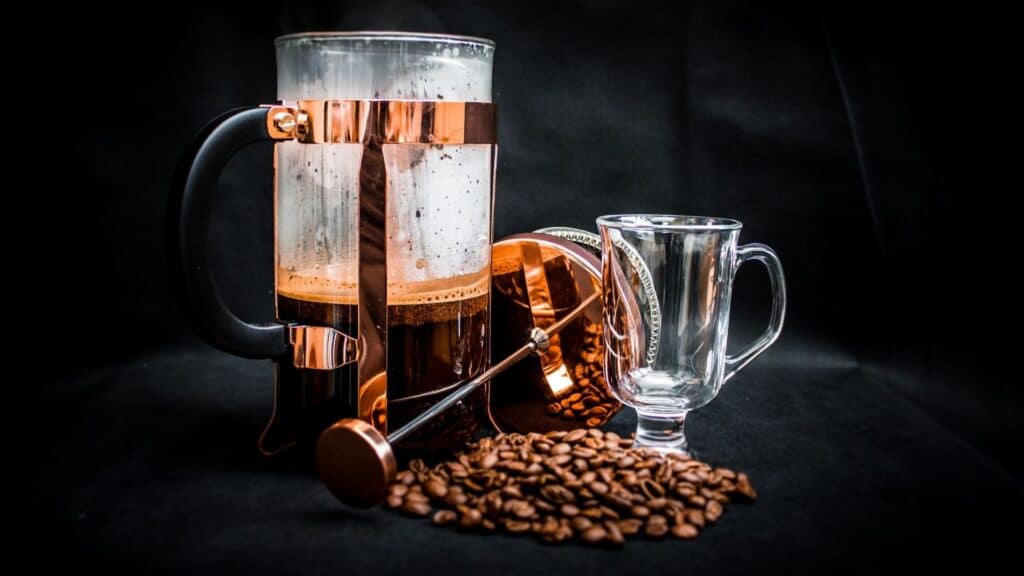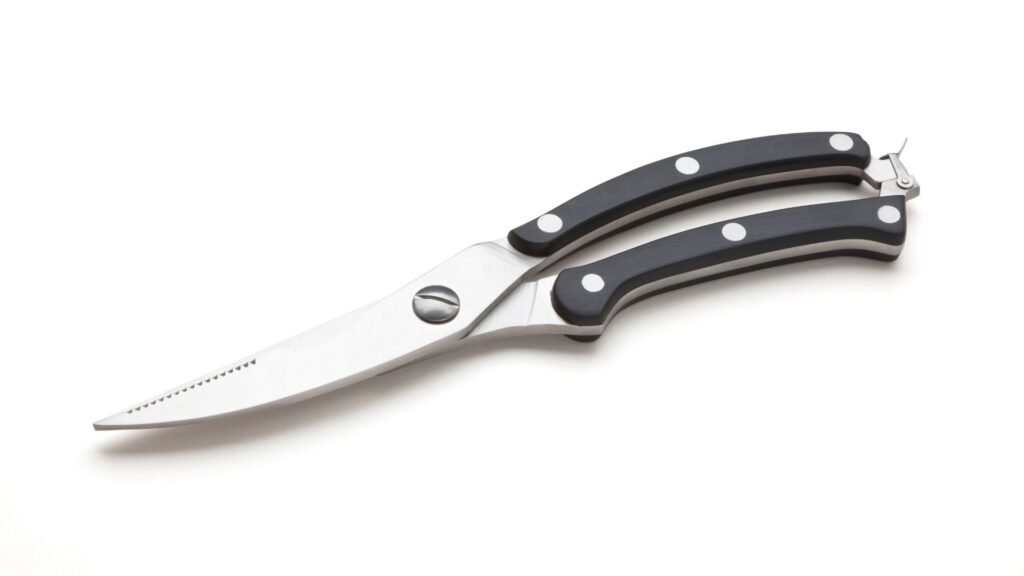Types of Ceramic Cookware for The Oven
Table of Contents
Toggle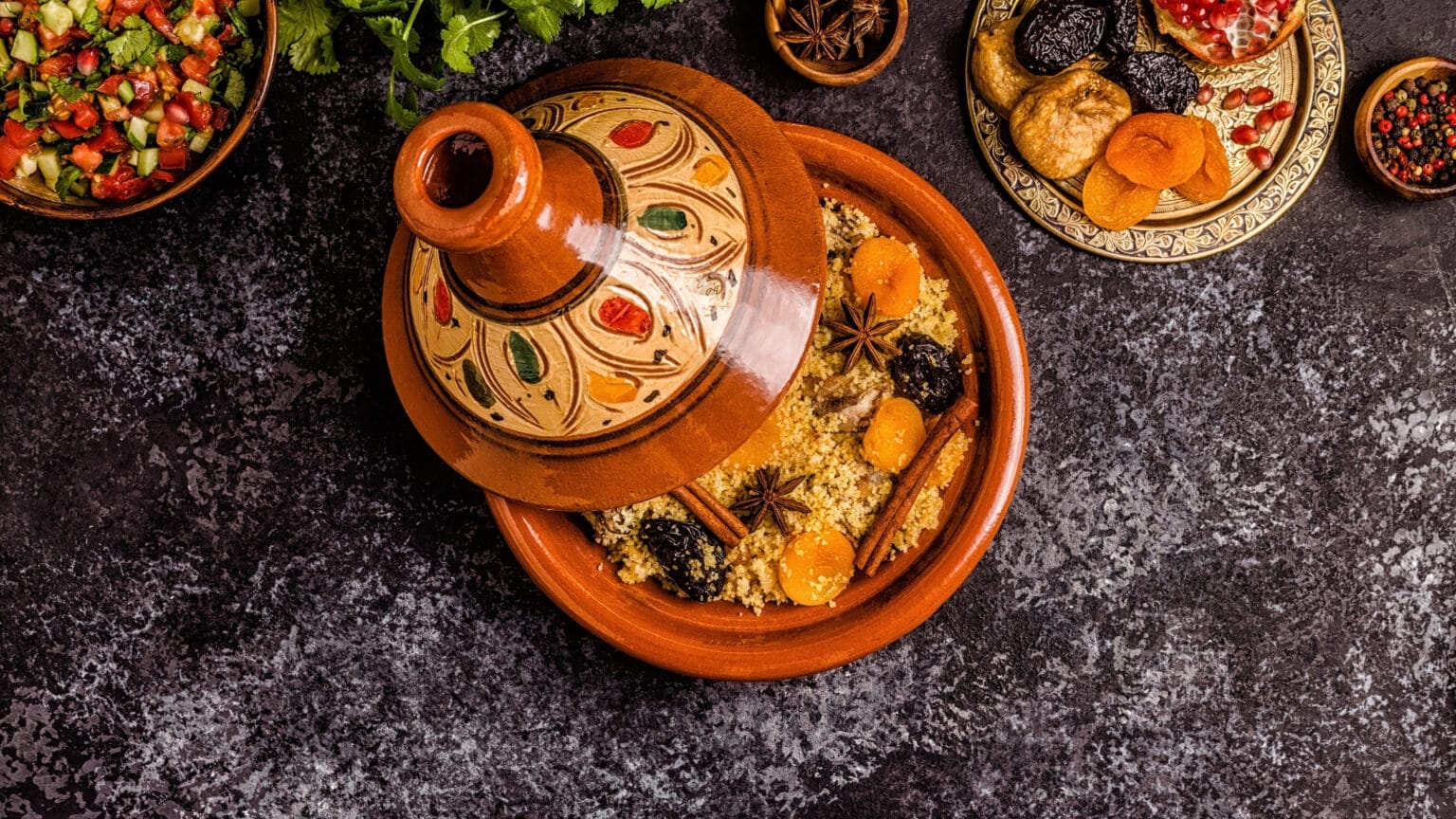
Last Updated: March 1, 2022
The very convenient thing in the kitchen – ceramic cookware for the oven. Many of us like to cook something fresh, fragrant and delicious. And for this it is needed to diversify your diet and not to get bored every day with the same dish. Today we will review cookware for baking products in the oven.
Ceramic kitchenware must be distinguished by the fact that it is perfectly safe and it does not have the properties of toxic metal. This is not new, but it needs to be said and talked about. Ceramic pots and pans for the kitchen have become indisputable leading brand. Ceramic materials, with which are made pots and pans, compared with the most common metal products, has a number of advantages.
The first are more eco-friendly than their metal counterparts, which use environmentally friendly coating under the terms of firing at high temperatures in the process of manufacturing ceramic dishes. Color ceramics is increased heat resistance, which allows the use of them as a vessel for cooking food in the oven.
This allows ceramic cookware to be placed directly in the oven, making it ideal for baking. Ceramic cookware for the kitchen is produced using clay as a raw material. Starting with a clay mixture that is heated in a furnace, ceramic cookware is shaped through the application of different pieces of equipment such as moulds, stampers and cutters.
The shapes are later glazed in special ovens at temperatures between 1,100°C and 1,500°C. Ceramic cookware for the oven by the production method differs from the dining room and in particular – in terms of composition of raw materials and glazing technique. Ceramic cookware is safe for health. Ease of care, thermal shock resistance, toxic and odorless properties are some of the advantages of this type of dishes.
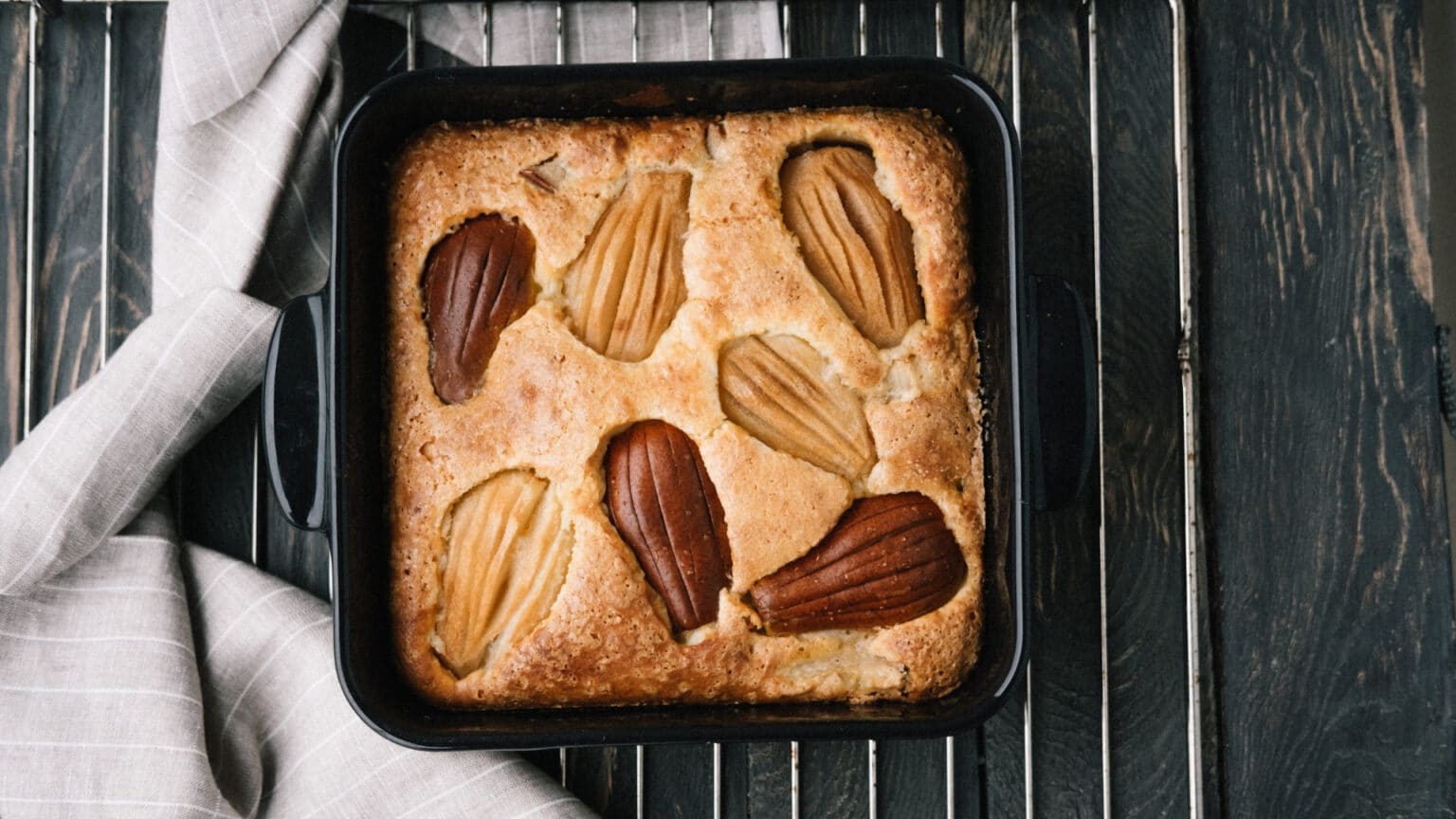
You have purchased a nice baking dish or baking mold. But before cooking in the oven, you decided to read the instructions thoroughly and so you wonder: can I safely use it at high temperatures? After all, not every ceramic bakeware can withstand high temperatures (and if it can, then only some of its components).
If a product is marked as “heat-resistant,” it means that it can be used for cooking and food storage. But does this mean that the object can be used in the oven? It all depends on the type of ceramic and the material of which it is made.These are the criteria to keep in mind when choosing a cooking product that has been treated for safe baking. It is important to know that the product you choose must have high-temperature resistance.
By all means, however, do not take a chance with the dish, if it is not specified by the manufacturer that it can safely be used in the oven. The manufacturer’s product must necessarily indicate whether it can be used for cooking at high temperatures and what the maximum heating value is.
What Ceramic Cookware Can Be Put In The Oven
Ceramic dishes were already used in the times of our ancestors. In China, they baked dishes even before the Han dynasty. However, until recently, this was not considered a form of art, but it has long been used for practical purposes in the home. Only in recent years has ceramics become fashionable and this trend is gaining momentum after glossy magazine photos with celebrities who have their own collections of ceramic dishes. Ceramic articles are made of kaolin clay and other additives, which makes them lighter.
The composition of the ceramic ware may vary depending on the type and use. Ceramic articles have exceptional thermal and physical properties such as heat resistance, hardness, durability, chemical inertness. Ceramic dishes are dishwasher-resistant, but washing by hand will allow you to use your ceramic dishes for a long time. Cookware is not afraid of sudden temperature changes; it does not burn food in contact with it.
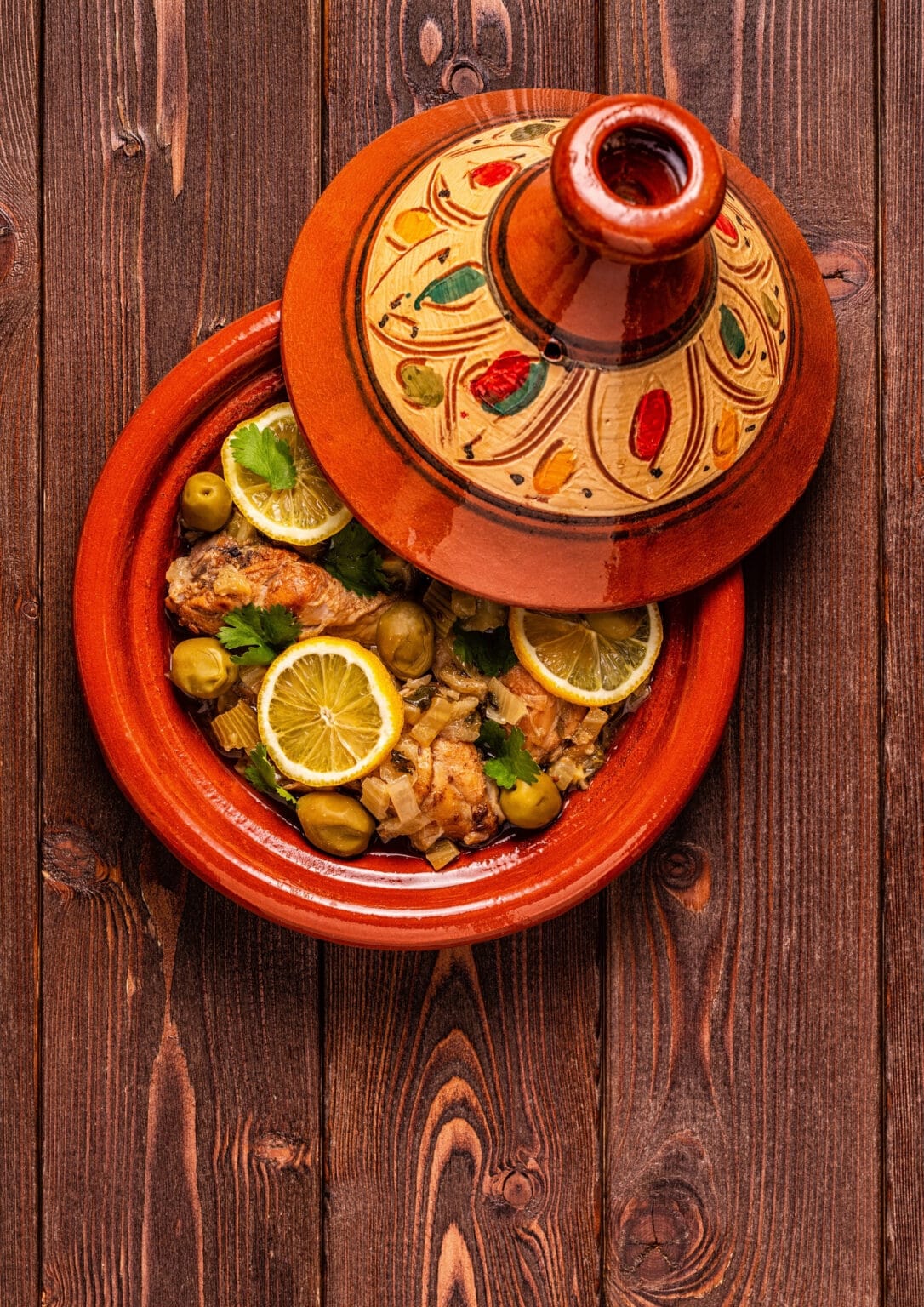
Ceramic baking dishes are one of the most important products in any modern housewife ‘s kitchen, because they are used instead of metal containers for cooking and serving food. Ceramic dishes in the production process is fired at a temperature many times higher than the temperature in the oven at home.
Therefore, not only the form for baking, but also our usual cups are not afraid of the gradual and even heating, if they are made in the classical way with firing. It turns out that you can really put absolutely any ceramic utensil in the oven.
However, it is absolutely contraindicated to do it all the time. After all, a single firing is one thing (during which defective cookware can crack), but frequent improper use is another thing.
For the manufacture of kitchen utensils for the oven and stove, thermal impact or fireclay clay is used. Also in the composition of the mass are additionally added modifiers that increase the strength of products and their ability to withstand temperature fluctuations.
To cook food in the oven, ceramic cookware must be coated with glaze on the inside. In this case, the surface, which is covered with a glaze, does not absorb fats and liquids, it is inert, like glass. Ultimately, the composition of the glaze is similar to glass. And when fired, it adheres securely to the surface of the clay and clogs the pores. The glaze strengthens the clay, making it more resistant to external influences.
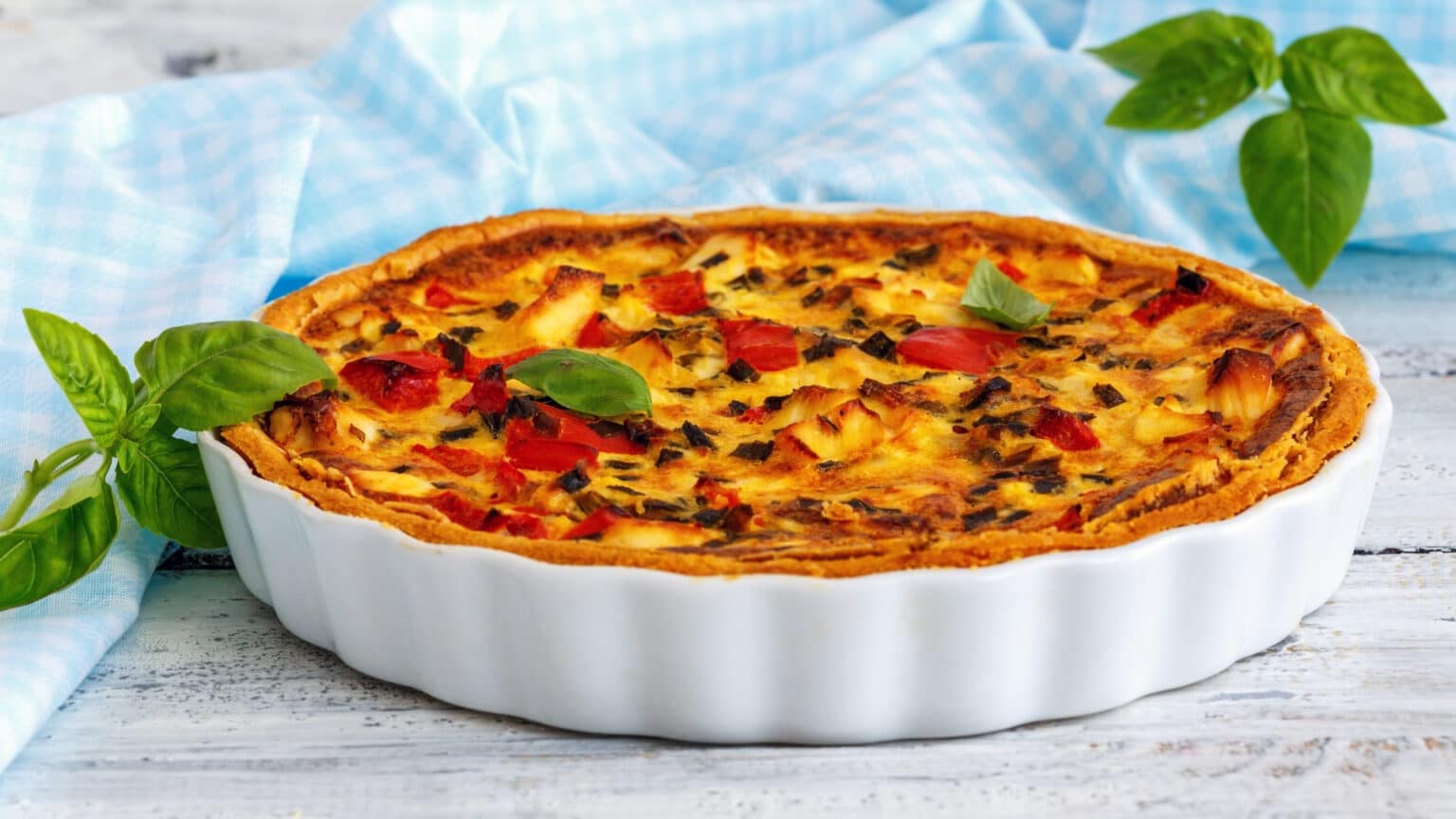
For the outside, it is acceptable not to glaze the surface. But it should be borne in mind that unglazed dishes can get oily stains and change their color. Care of such ceramics is much more difficult. Keep in mind that beautiful milk ceramics are not suitable for use in the oven!
Such a glaze coating, formed with the use of milk, destroys when exposed to high temperatures on the surface. This coating is perfect for cups, tableware, serving elements and decorations.
Types of Ceramic Cookware for Cooking in The Oven
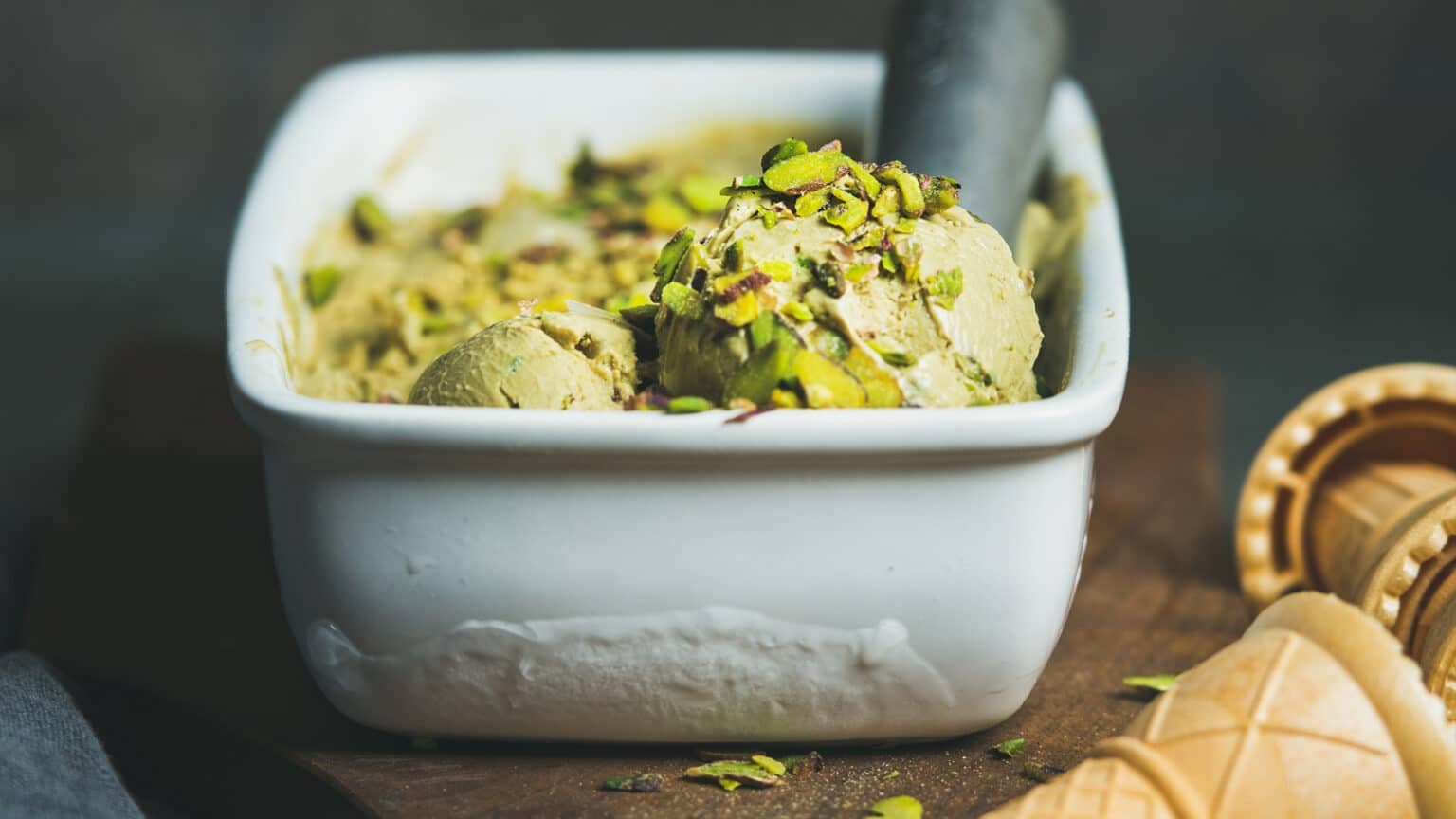
Clay pottery predates metal pottery, so much of what is now made of metals and glass used to be made of clay. Pottery is modified clay, strengthened by additives, glazes, and firing. Pottery is one of the first industries known to have been developed. The development of various types of containers began the move from stone tools to the use of metal and other substances in the making of implements.
Because stone and wood are not readily available in most climates all over the planet, early man had to devise ways to create his own containers out of what was available: clay. Clay is easy to make into pots because it softens and can be molded into a shape when heated.
When it cools again, it becomes hard and keeps the shape you gave it. This is why clay has been used to make pots for thousands of years. If you’re still curious that clay is actually a kind of rock, then you should also know that there are many types of clay all around the world.
Pots of Different Sizes
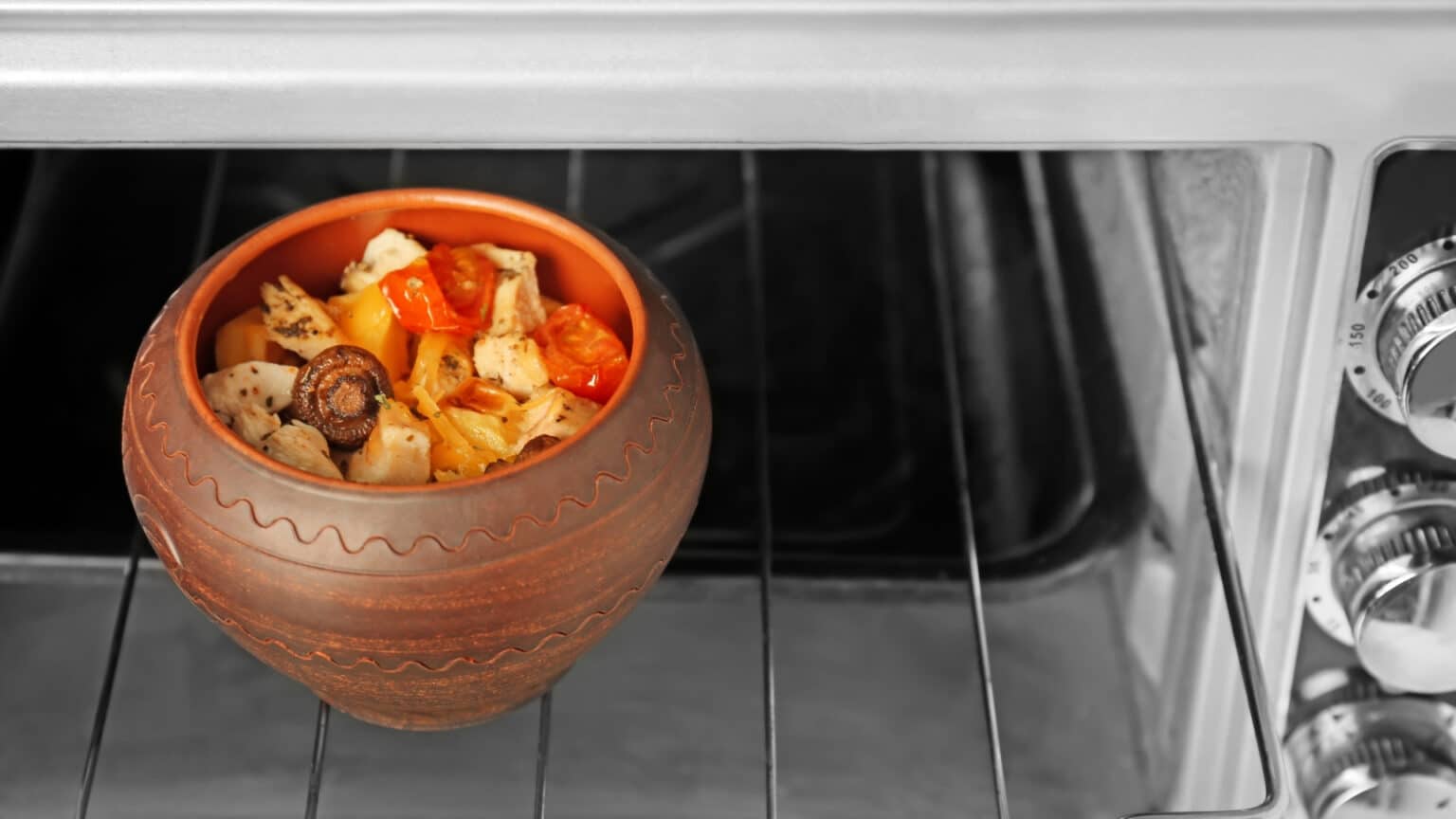
Pots are considered the classics of clay utensils. In the past, they were used to cook porridge, potatoes, meat and any other dishes in ovens. Pots were put in the oven and hot pots were taken out with special tongs. Today we know a huge variety of recipes for cooking in ceramic pots in the oven. The pots vary in height and diameter and can be glazed or unglazed. They are always glazed on the inside.
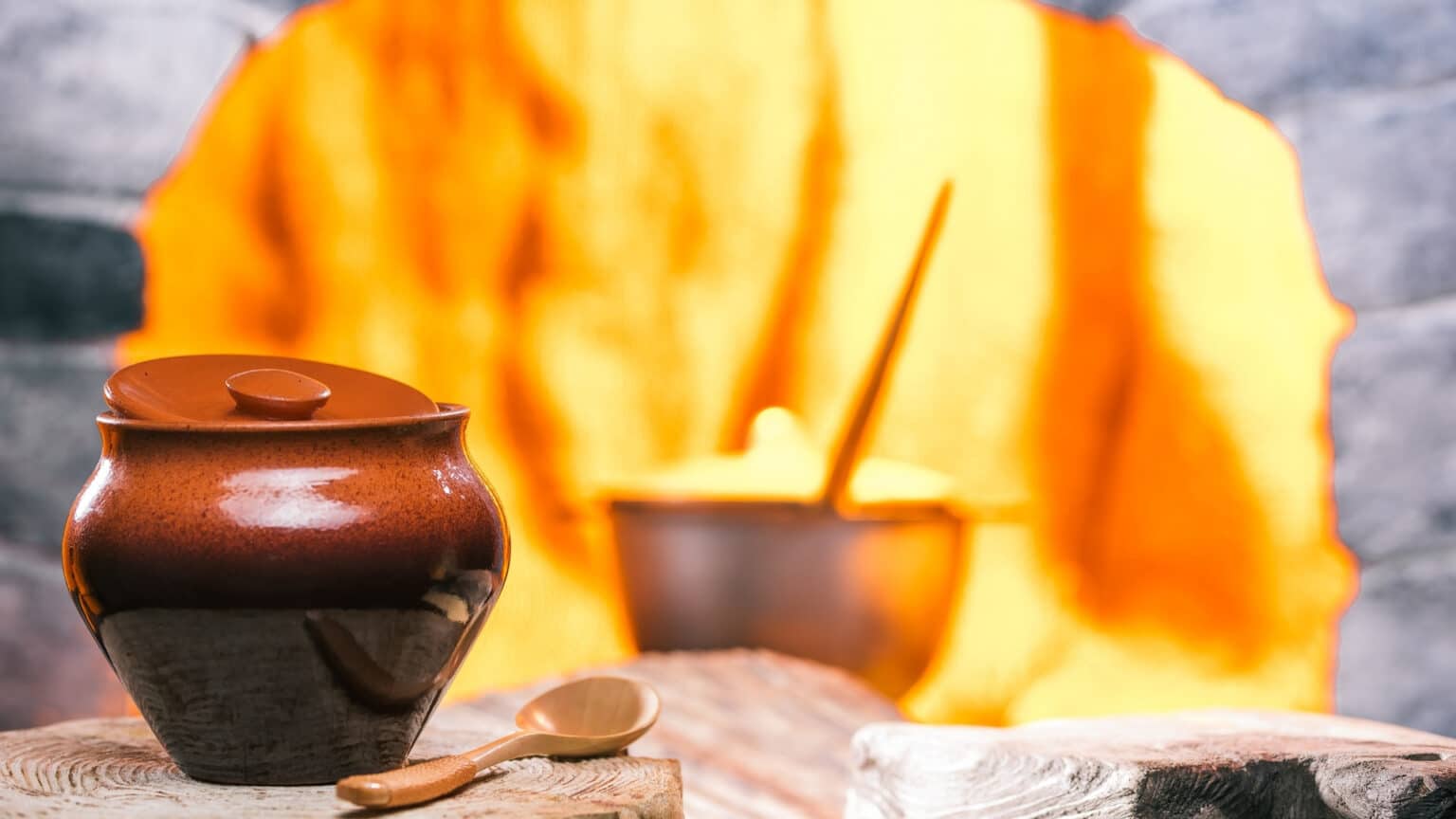
Portioned baking pots are much more convenient and attractive. Not only can you cook something in them, but also serve the dish immediately. After all, even our usual dishes, vegetables, meat, turn out in a pot much tastier and more fragrant. And if the family has different taste preferences, it is not difficult in a separate pot to put a little less salt or increase the amount of spices.
Ramekins are portioned ceramic pots, cylindrical in shape without a lid. A characteristic feature of this pot is the fluted outer surface of its walls. The ramekins are made of ceramic or heat-resistant porcelain. They are used for baking soufflés, making muffins and omelets.
Baking and Roasting Molds
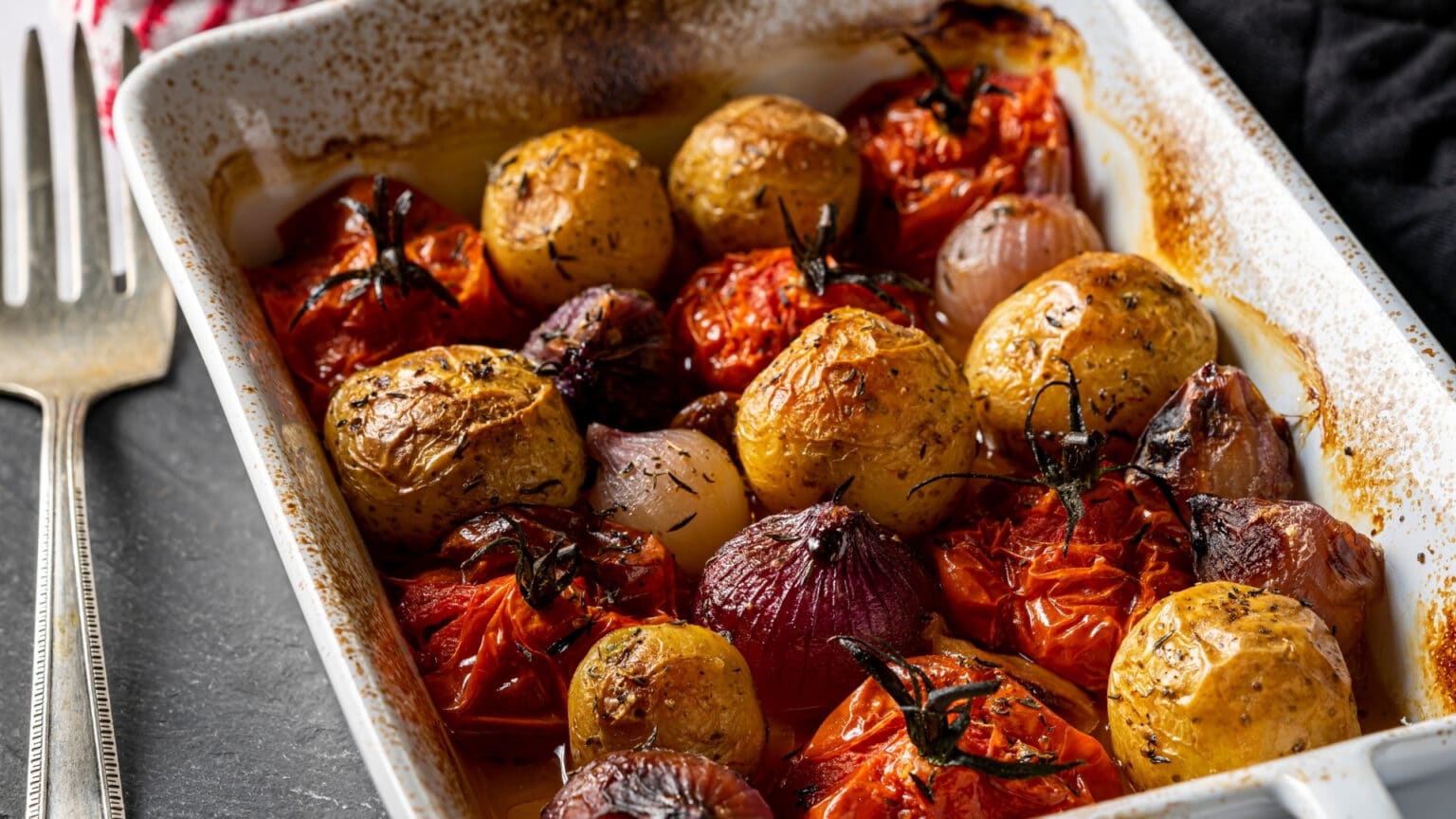
The largest percentage of the clay, ceramic and heat-resistant porcelain kitchenware section is made up of ceramic baking molds. The range offers a large variety of forms for all kinds of purposes. Round, rectangular, square and oval. They differ in depth, diameter and volume.
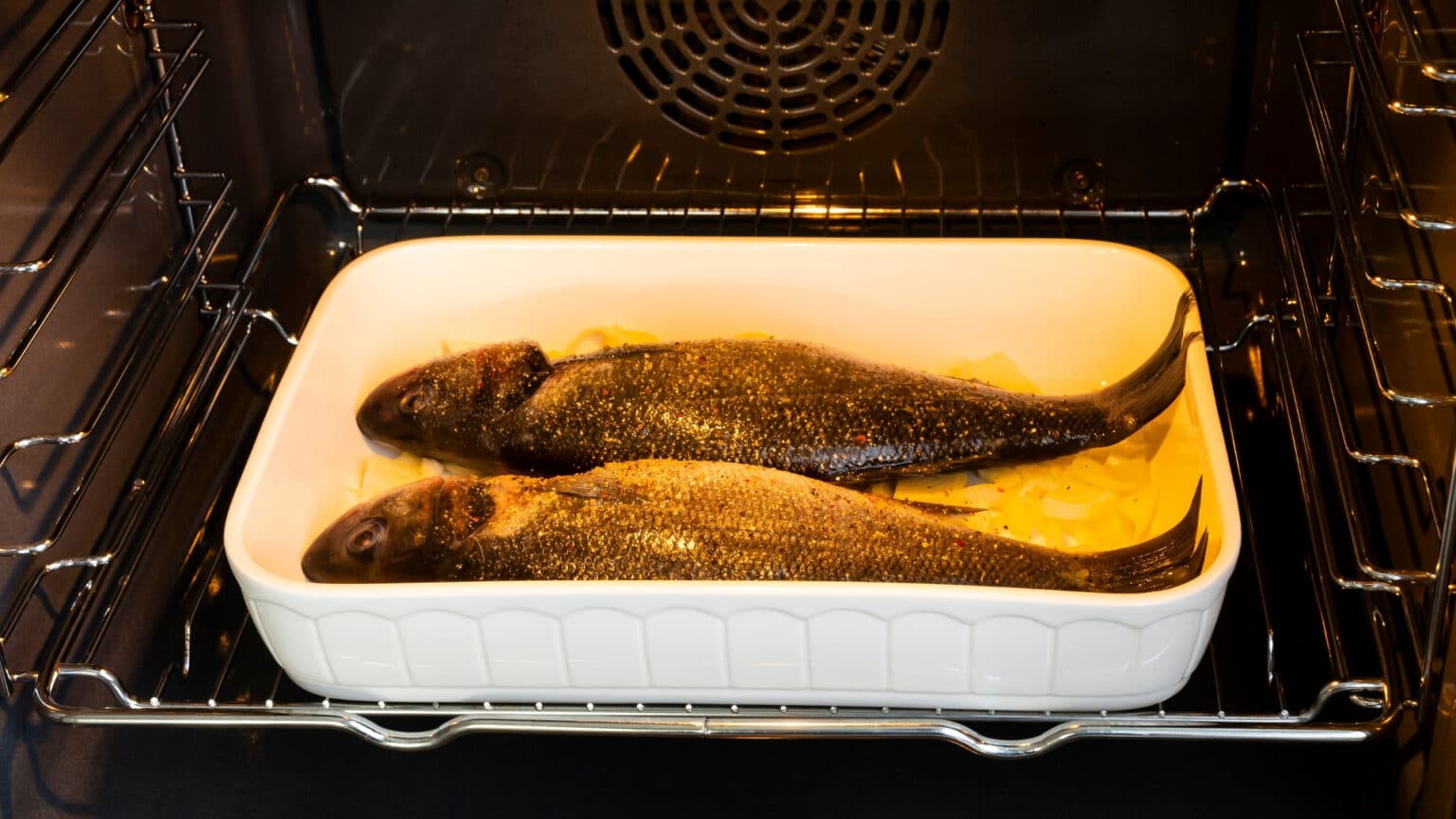
There are forms of universal form – with their help cook meat and vegetables, bake pies, bakery products and a variety of culinary masterpieces. But others are suitable for narrow purposes – it all depends on how high the rims, what the diameter of the bottom and what shape.
Ceramic forms are covered with a decorative glaze. This surface is not afraid of the oven, as it is already hardened under the influence of high temperatures during firing. The painting is done under the glaze, so you can not worry about its destruction.
Cocotte for Oven
A cocotte is a small serving dish with a handle for preparing and serving hot appetizers. Their volume varies from 100 to 150 ml. Ceramic cocotte allows you to keep a dish warm longer and looks much more attractive than metal ones. The very next day, reheating a dish in this dish in the microwave oven will not be difficult, if it is modern ceramics that are compatible with the microwave.
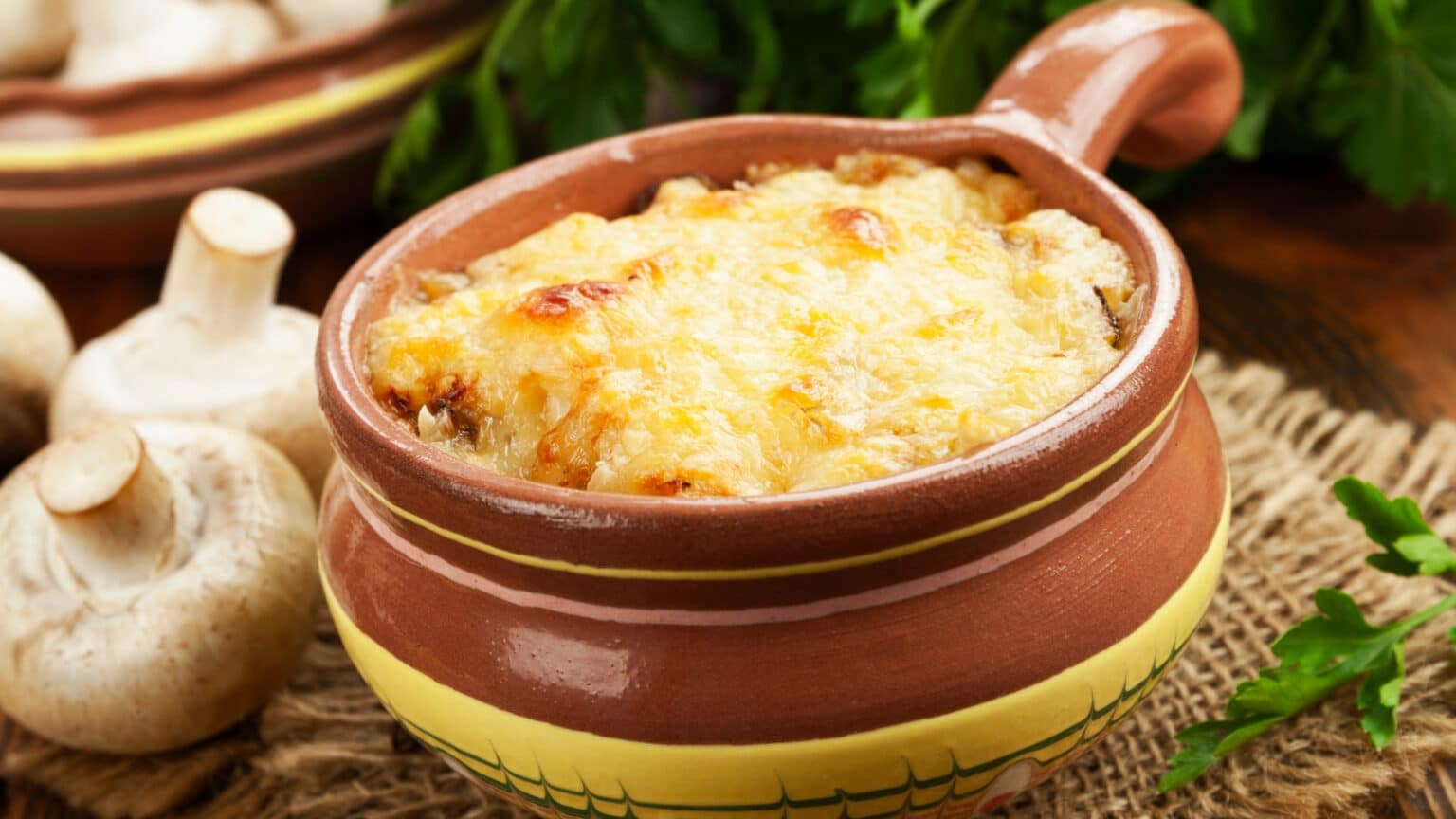
Julienne cookware is most often made of high-quality stainless steel, but there are also ceramic cookware. They are even more affordable, but are inferior to metal in durability and ease of care. Avoid sudden temperature fluctuations!
Dutch Oven Pot
Heat-resistant ceramic pots are very convenient for cooking stews and stews in the oven. In this case, it is better to give preference to a wide and low dish, so it can be placed on the middle level in the oven. You can buy round and oval shaped pots. It is better if the lid is not flat, but high – there will be space for the circulation of hot air and steam.
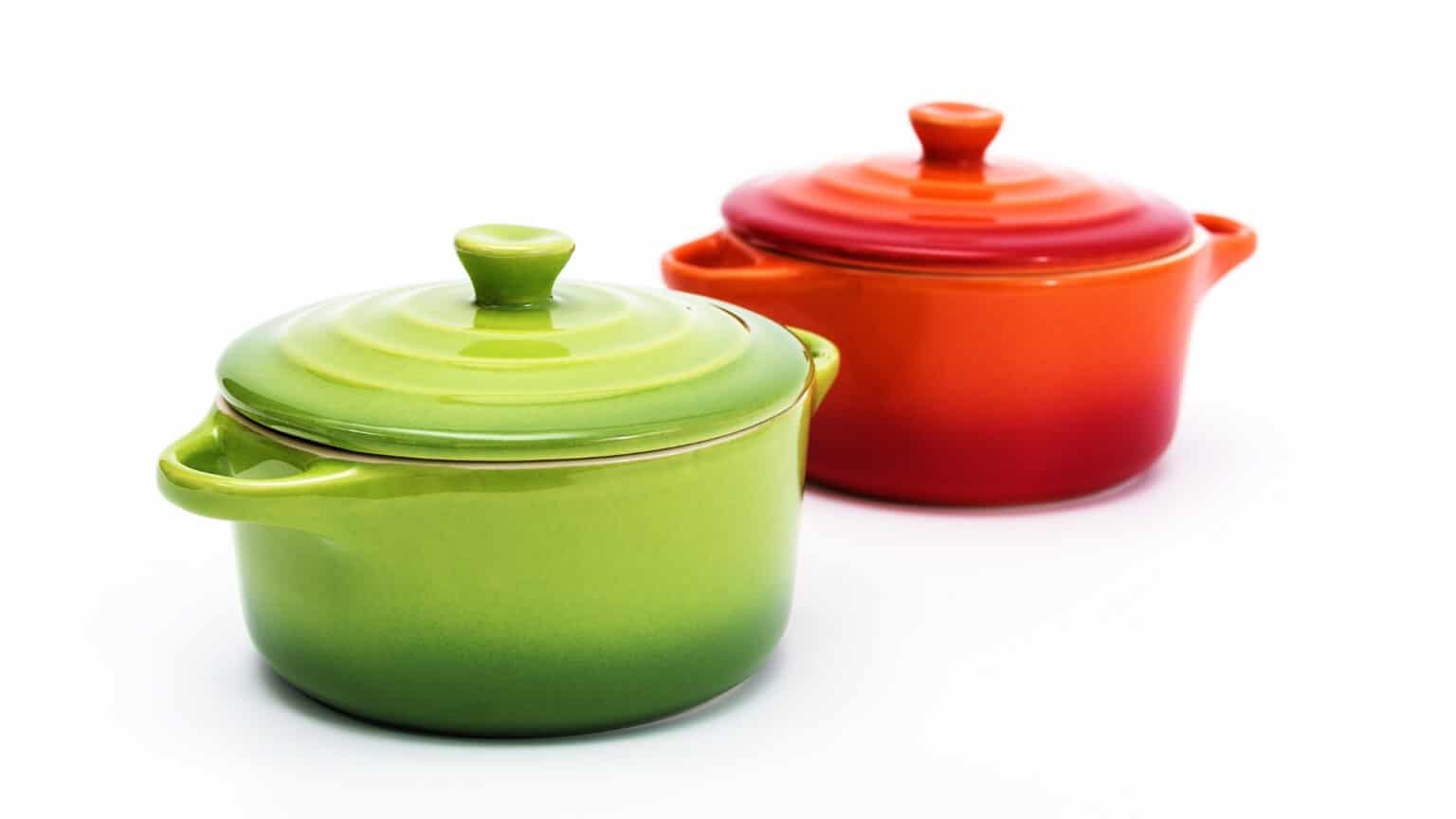
It is not unimportant that the lid of the pot itself is not afraid of high degrees. Of course, ideally it should be made of ceramic, without plastic and wooden elements. If they are present, it is better to cover the surface of the dishes with foil. If there are silicone seals or handle rims, then there is nothing to fear. Today in stores there are ceramic pots, which can be put not only in the oven, but also on the gas stove.
Casserole for Stewing
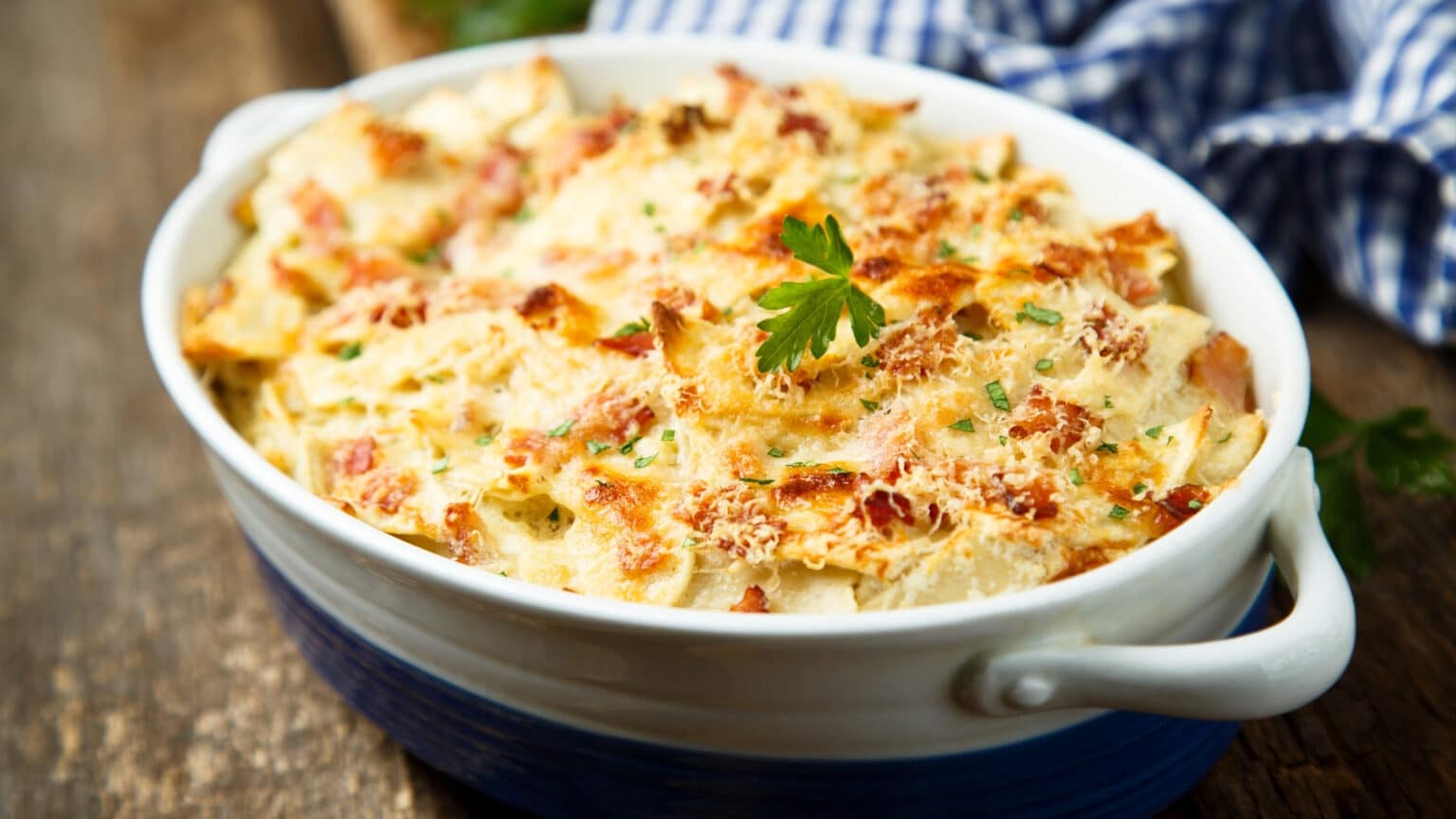
Casserole is a thick cooking mold designed for stewing and stewing. Thanks to the thickness of the cookware, the moisture does not have time to evaporate, the food is more succulent, preserving the aroma and flavor.
Casserole is similar to a low saucepan or a high frying pan. It can be round, square, rectangular or oval. It always comes with a lid, because tightness is very important in stewing. If the ceramic lid is removed, the Casserole can be used as a baking or roasting dish.
Ceramic Frying Pans
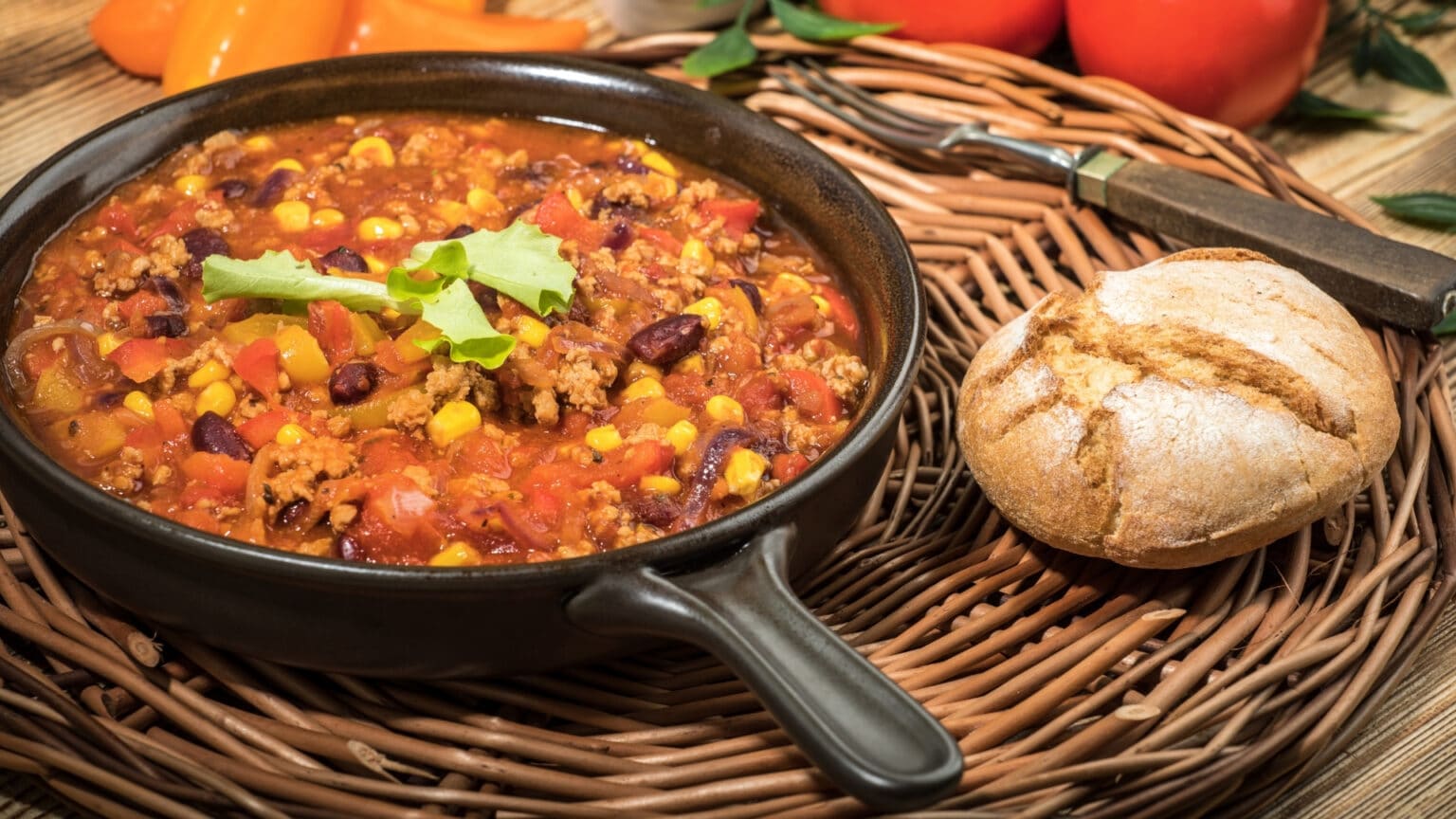
Clay pans are used for baking dishes – they come in portions and small diameters. They can also be used as bowls, deep bowls for serving food, stew. The connoisseurs of national dishes should certainly pay attention to the keci – it’s an portioned Georgian clay frying pan with a diameter of 15 cm. Thanks to its shape this utensil contributes to obtaining delicious Georgian dishes with a minimum amount of fat.
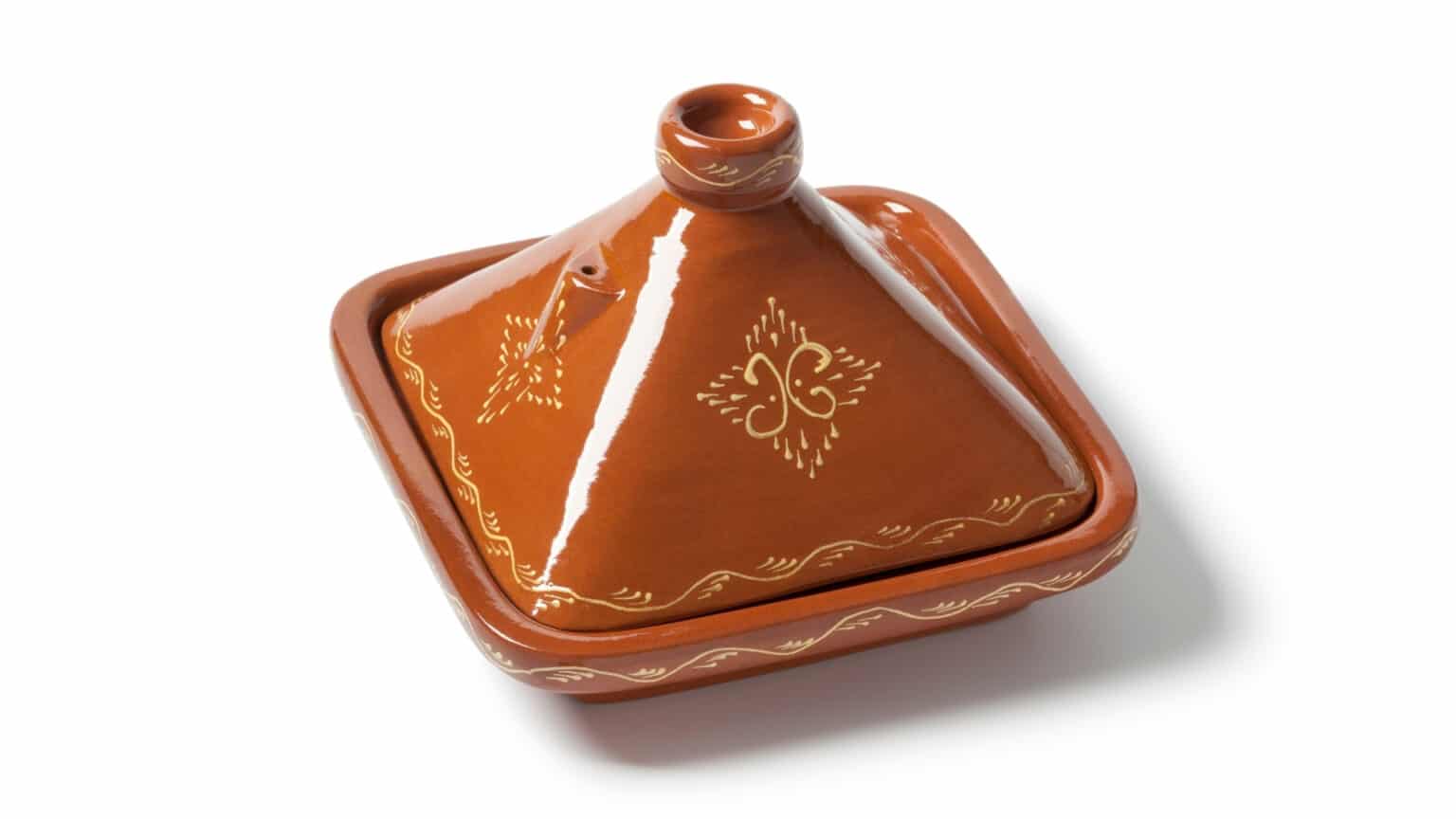
A tagine is a Moroccan pan with a specifically high lid. This shape of the lid allows steam to circulate and prevents moisture from getting onto the food being cooked. The tradition of this unique cooking vessel dates back to Morocco’s occupation by the Moors.
There is no precise definition as to what can be called a tagine, but it usually describes stews or other slow-cooked dishes prepared in a traditional ceramic cooking pot with a conical lid that features numerous small holes. A wide range of food can be cooked in this amazing pot, ranging from meat, fish and stews to vegetable and fruit dishes.
Ceramic Stones for Oven
A separate category of utensils are ceramic stones for pizza and baking in ovens and ovens. They are mostly perfectly flat circles of fireclay or ceramic clay on which pizzas, bread, pies, and other baked goods are baked.

There are also molds with low edges and smooth or fluted base to allow circulation of hot air. This type of utensil is the most comfortable because of the presence of handles. A flatter round is more difficult to remove from the oven.
Ceramic Cookware Recommendations

To ensure that ceramic utensils will not crack in the oven and will be used for a long time, it is necessary to observe the conditions of their proper use :
- You should not heat the pottery quickly, it should be done smoothly. It is desirable to put the molds in a cold or warm, but not heated to a high degree oven. In this case, turn on the heat on low power for 4-7 minutes, and only then increase.
- It is not allowed to heat completely empty ceramic dishes. If the recipe requires preheating, a little water or oil must be poured in.
- Do not put heated ceramic utensils on a cold surface and immediately pour cold water into them. This can lead to cracks.
- It is necessary to protect the product from shocks, falls, any mechanical effects.
- Never wash ceramic dishes in dishwashers. It is better to use lukewarm water and gentle detergents. To avoid streaks, rinse the dishes well and towel them dry.
- In the case of burnt food, do not clean with coarse abrasive brushes – this will damage the glaze. Fill with hot water and detergent.

You can freshen the appearance of ceramic products at home. The easiest option to give a fresh appearance to the product without glaze on the surface. They should be rubbed with milk and placed in the oven. This treatment is called milking; thanks to it, the clay strengthens and becomes more attractive, acquiring a beautiful brown hue.
When choosing stoneware, don’t forget to check if the packaging bears an oven-compatible sign! And if the product is handmade, ask the supplier if it’s acceptable for baking. When it comes to a serving pot, give priority to one that is allowed to be placed in the microwave for heating and subsequent cooking.
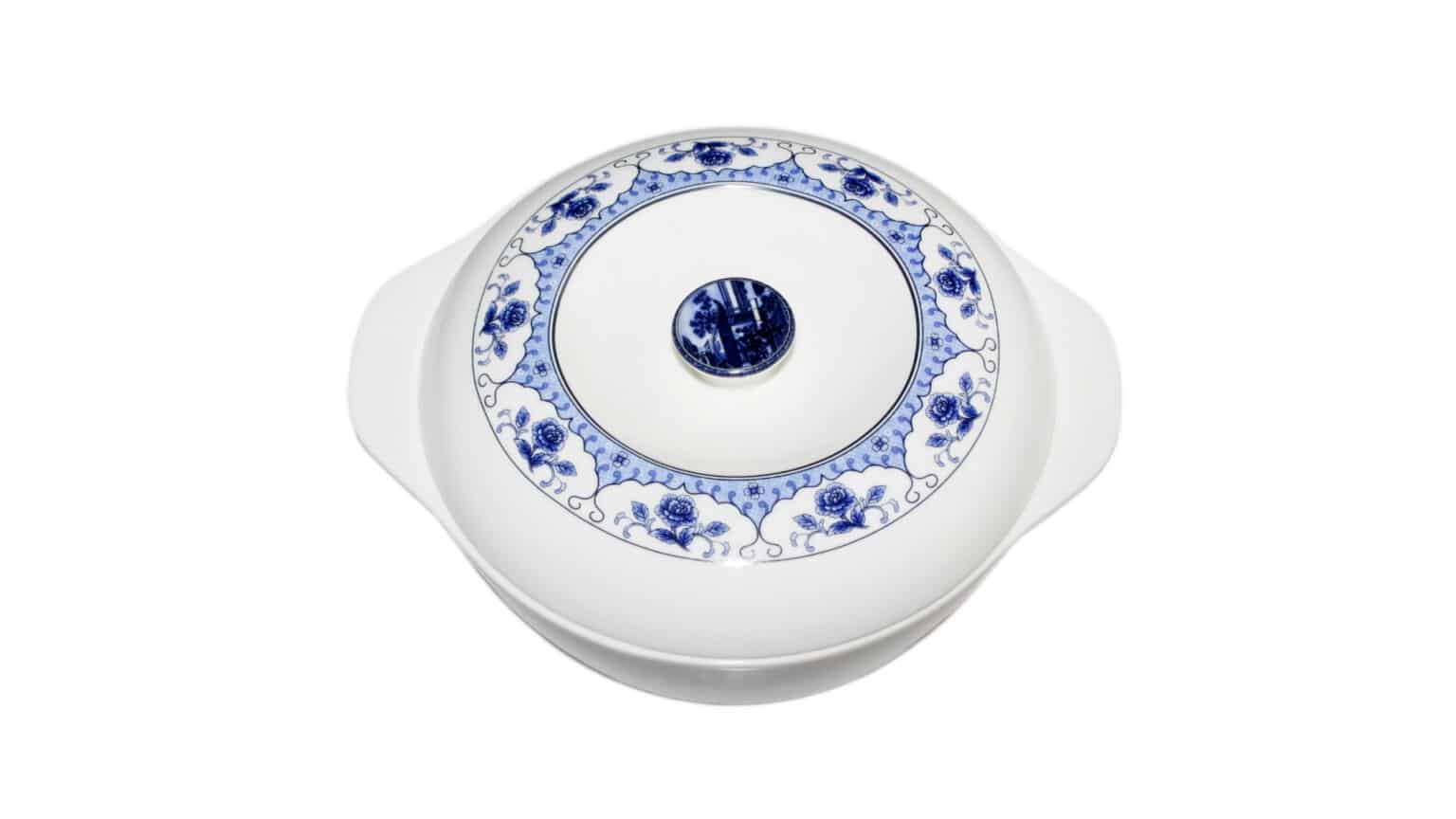
Cooking is a creative practice and a joyful experience. With ceramic cookware, cooking can also be more safe and reliable. Ceramic cookware has been around for quite some time now. However, many people are still unaware of the excellent benefits and advantages that they can have if they choose ceramic cookware for various small and big tasks in the kitchen.
Ceramic cookware is the perfect solution for your kitchen; it is non-stick, scratch resistant and extremely easy to clean. Cooking a meal has now become not only easier but also more enjoyable!
Recommended Articles :
Copyright 2025 © Beyond the Embrace
Beyondtheembrace.com is a participant in the Amazon Services LLC Associates Program, an affiliate advertising program designed to provide a means for sites to earn advertising fees by advertising and linking to Amazon.com.

